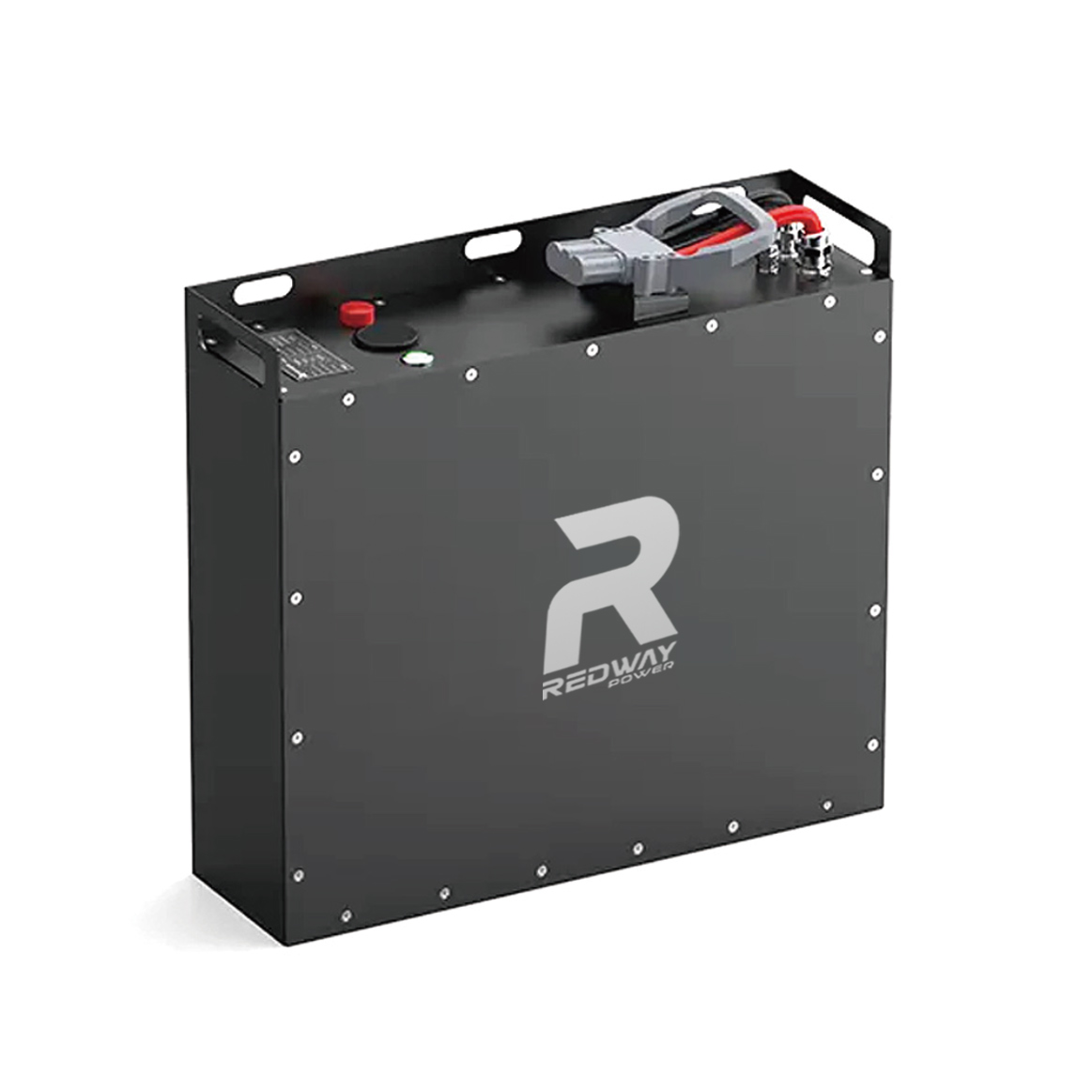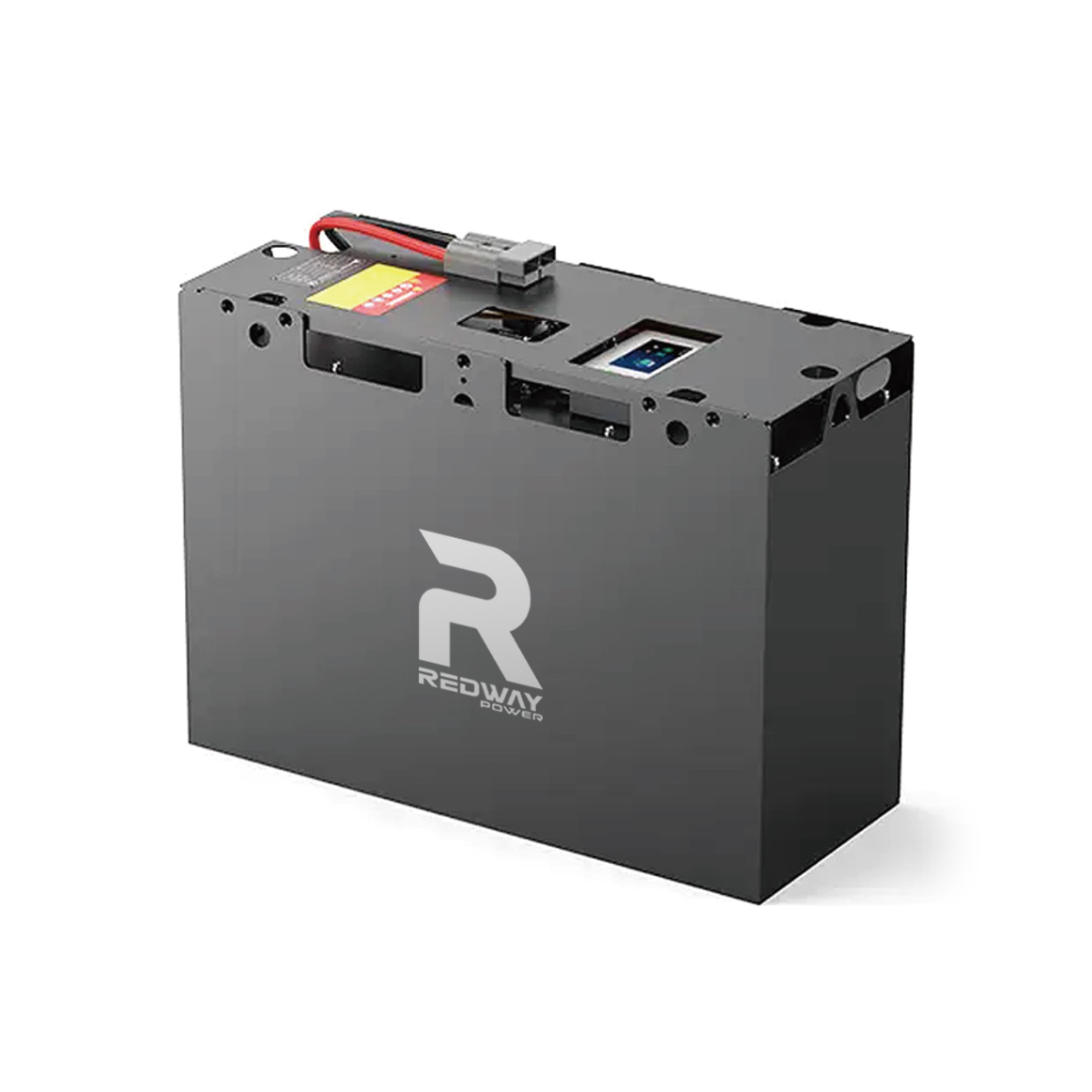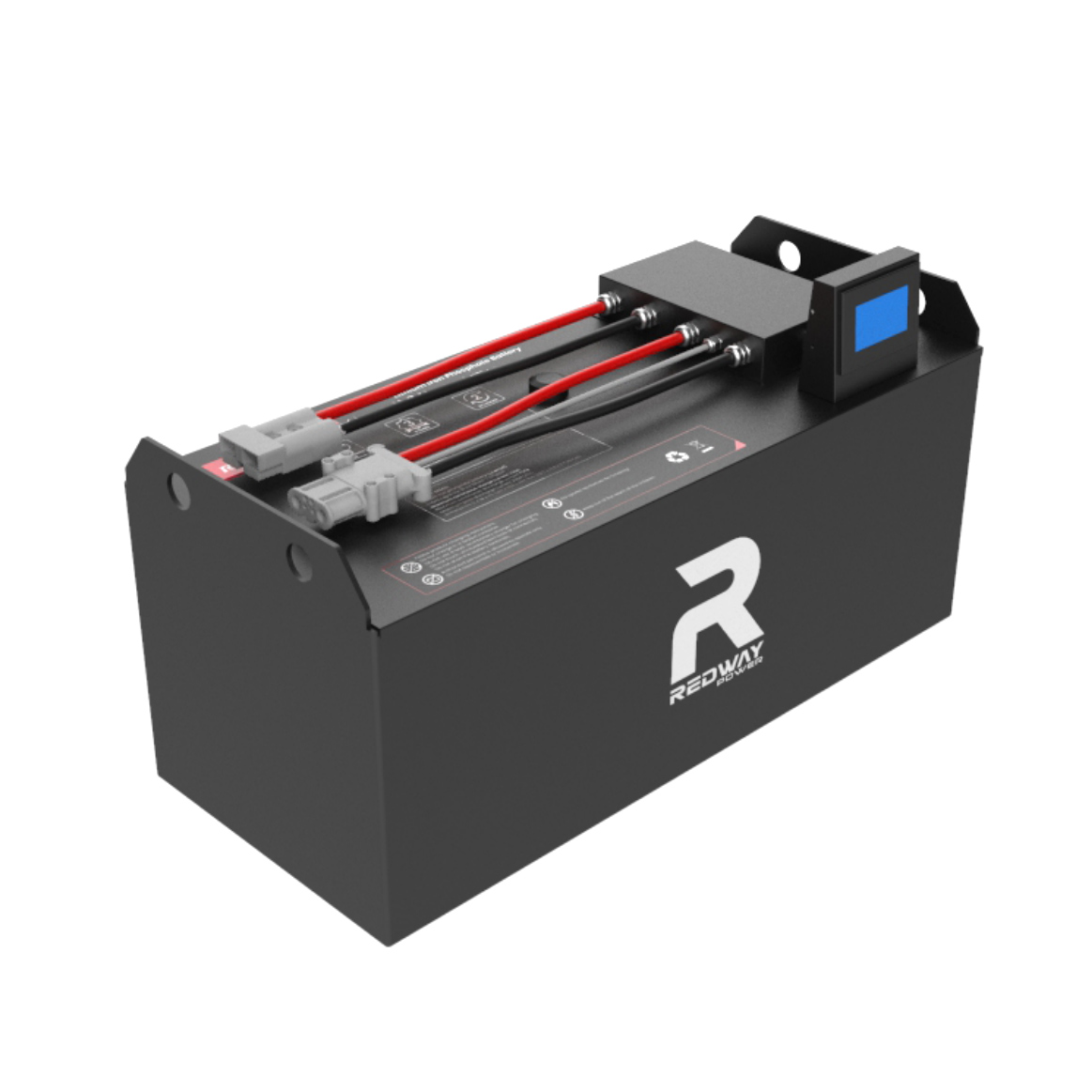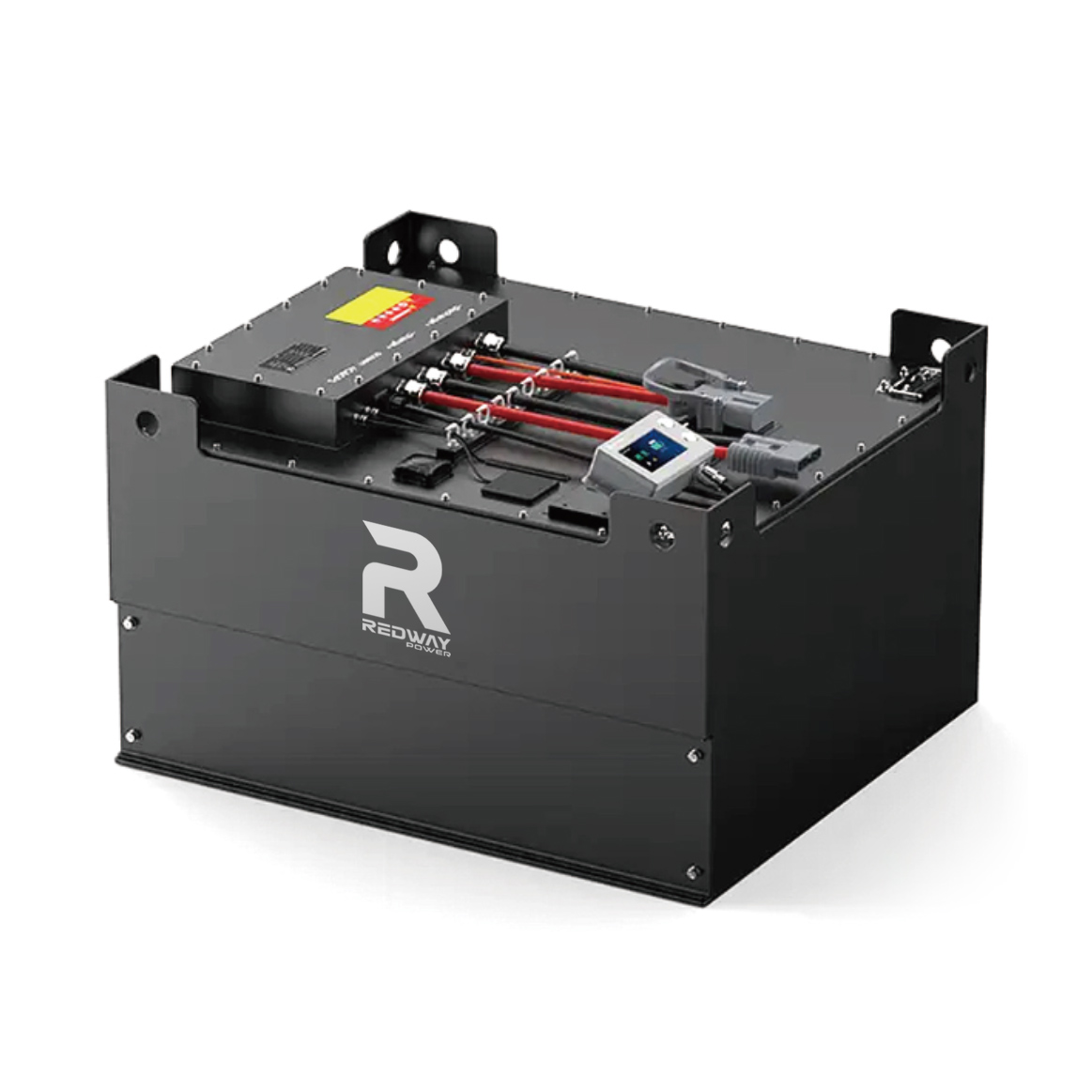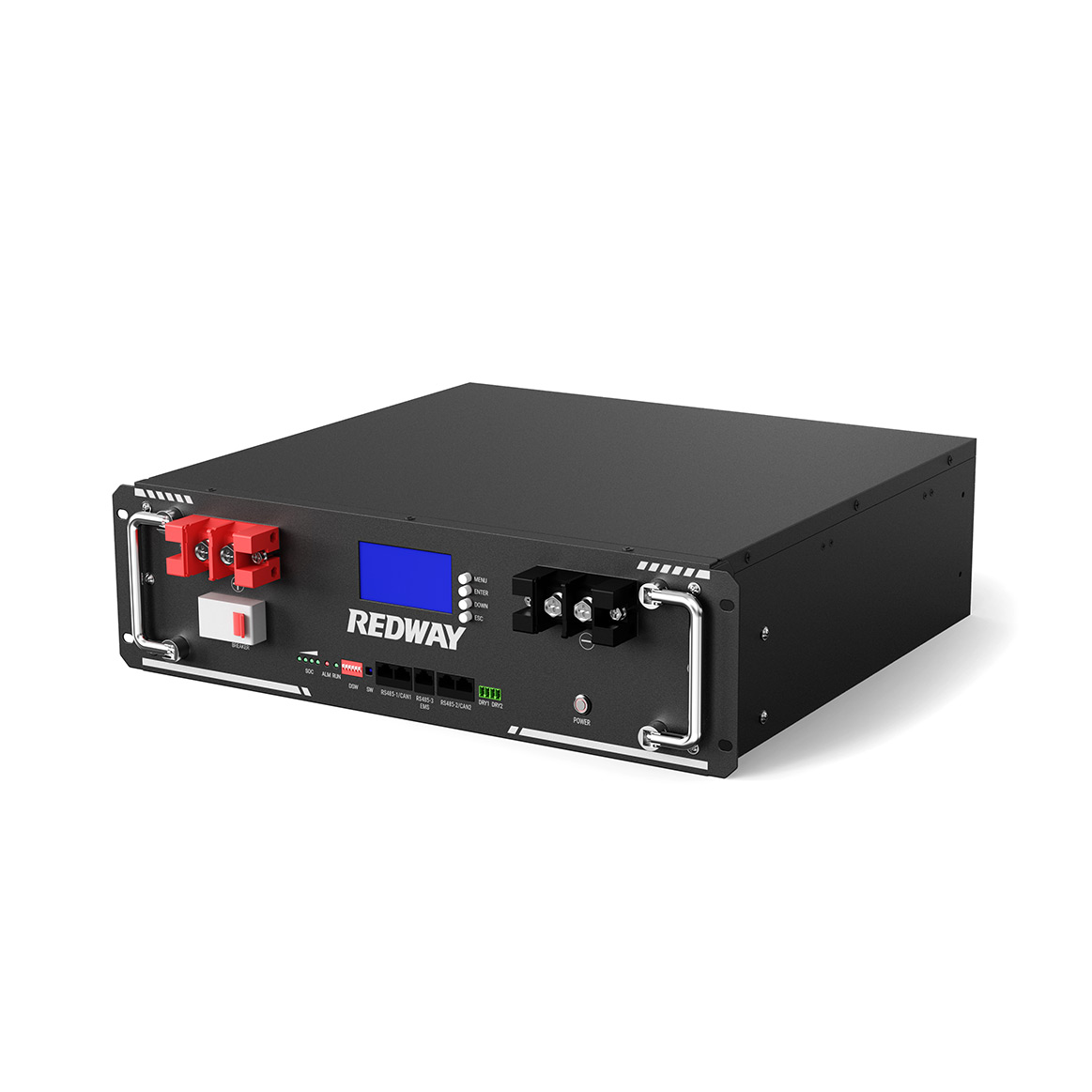Deep Cycle LiFePO4 Batteries Manufacturer
Looking for a business partner from whom you can buy deep cycle lithium batteries at wholesale price? We got you covered. Learn more about how we can work together.
Redway Lithium ion Battery Factory has been diligently striving to unlock the mysteries of transforming deep cycle LiFePO4 Batteries into a profitable venture. Discover the inner workings of LiFePO4 Batteries, explore their advantages, various categories, extensive product line, exceptional craftsmanship, and a plethora of other fascinating details by simply clicking the button below!
We are a Lithium Battery OEM Factory
Redway is dedicated to the domains of 12V, 24V, 36V, 48V, 60V, 72V, 80V, 96V, 100V Deep Cycle Lithium Iron Phosphate Batteries, RV lithium battery, Marine battery, Rack-mounted lithium battery, Golf cart lithium battery and Forklift lithium batteries. Their ultimate goal is to fulfill the diverse energy needs of customers by providing comprehensive energy service solutions. These solutions encompass a range of offerings, including lithium-ion battery energy storage products, smart hardware solutions, energy investment, and operational services, among others.
Don’t you find what you are looking for?
Just tell us your detailed requirements. The best offer will be provided.
Blog
Can Golf Carts Use Standardized Battery Modules?
January 1, 2026
No Comments
Standardized battery modules allow golf carts to use uniform LiFePO4 packs across multiple models, enabling flexible 36V, 48V, or 72V configurations. Redway Battery in Shenzhen
Where to Source High-Quality LiFePO4 Cells?
January 1, 2026
No Comments
High-quality LiFePO4 cells are essential for reliable energy storage, industrial forklifts, and electric vehicles. B2B buyers should focus on certified China-based OEM manufacturers like Redway
How Are Golf Cart Batteries Made Automatically?
January 1, 2026
No Comments
Automated golf cart battery production in China combines robotics, AI vision, and MES systems to create high-quality LiFePO4 packs. Manufacturers like Redway Battery in Shenzhen


